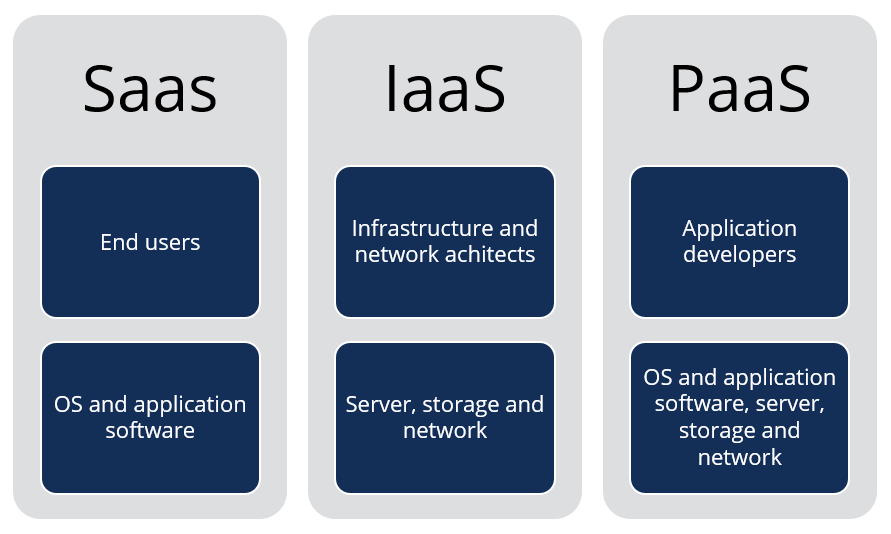LinkDaddy Cloud Services Proficiency: Advanced Methods for Effective Cloud Services Press Release
LinkDaddy Cloud Services Proficiency: Advanced Methods for Effective Cloud Services Press Release
Blog Article
Simplify Your Framework With Cloud Solutions
As organizations browse the ever-evolving landscape of modern technology and data monitoring, the function of cloud services in streamlining infrastructure has actually ended up being significantly popular. The appeal of structured procedures, boosted performance, and improved source allocation through cloud options is undeniable. The journey towards a much more active and cost-effective IT infrastructure entails more than simply moving to the cloud. It calls for a tactical method and a deep understanding of the subtleties of cloud adoption. How can businesses efficiently browse this transition and truly open the possibility of cloud services for streamlining their infrastructure?
Benefits of Cloud Provider
Cloud solutions provide a streamlined method to handling IT infrastructure, offering services with scalability, versatility, and cost-efficiency. One of the key advantages of cloud solutions is the scalability they use.
Furthermore, cloud solutions remove the need for organizations to invest in costly software and hardware. This cost-efficiency is a considerable benefit, specifically for small to medium-sized business aiming to reduce in advance expenses. By utilizing cloud solutions, organizations can access top quality IT sources without the substantial cost tag related to typical facilities configurations.
Moreover, cloud solutions supply services with the flexibility to access their data and applications from anywhere with an internet link. This level of availability improves collaboration among groups, enables remote job, and enhances general efficiency. The adaptability offered by cloud services equips services to adjust rapidly to altering market conditions and consumer demands.
Expense Financial Savings and Scalability
In enhancement to the functional benefits highlighted previously, the assimilation of cloud solutions right into a business's framework produces substantial cost financial savings and boosted scalability. Cloud solutions use a pay-as-you-go version, allowing companies to range resources up or down based upon current demands, thereby staying clear of the prices connected with preserving excess capability. This flexibility allows firms to adapt promptly to fluctuating needs without incurring unneeded costs.
In addition, cloud services get rid of the need for in advance investments in software and hardware, minimizing capital investment. Overhead are likewise minimized as companies no more need to handle and preserve physical servers, causing lower power intake and IT staffing costs. In addition, cloud solutions offer automatic updates and maintenance, making sure that the facilities remains up-to-date and safe without calling for manual treatments.
Improved Protection Measures
Applying rigid security actions is vital when integrating cloud services into a business's infrastructure to safeguard sensitive information and ensure conformity with sector policies. Cloud service carriers use boosted safety and security features such as information file encryption, firewall software defense, and multi-factor verification to alleviate cybersecurity dangers.
Additionally, routine protection audits and conformity assessments assist recognize susceptabilities and guarantee adherence to industry requirements. Business can additionally benefit from functions like automatic protection updates and real-time danger tracking provided by cloud service providers. By focusing on security measures and staying proactive in dealing with prospective threats, businesses can confidently take advantage of cloud solutions while protecting their Bonuses important information from unauthorized accessibility or breaches.
Transitioning to Cloud Framework
To successfully incorporate cloud services right into a firm's infrastructure, an organized strategy that resolves the change towards cloud-based remedies is imperative. Transitioning to cloud facilities entails mindful preparation and implementation to ensure a smooth migration procedure. The first step is to assess the present facilities and identify which applications and systems are suitable for movement to the cloud. This evaluation needs to consider variables such as information level of sensitivity, compliance demands, and efficiency needs.
Once the assessment is complete, a migration technique must be created. This strategy needs to describe the timeline, sources, and responsibilities for relocating each element to the cloud. It is necessary to communicate this strategy clearly to all stakeholders to ensure placement and minimize interruptions throughout the change.
Throughout the movement procedure, monitoring and testing are vital to determine and deal with any issues promptly. Routine checkpoints must be established to track progress and make required modifications. Additionally, training for employees on utilizing cloud solutions need to be provided to make sure a successful change and make best use of the advantages of the new framework.
Finest Practices for Cloud Fostering
Successful fostering of cloud solutions rests on the tactical alignment of service goals with technical capacities and business readiness. To make sure a smooth transition to the cloud, organizations should begin by performing a detailed assessment of their present framework and determining which work are best suited for cloud migration. It is crucial to include crucial stakeholders from various divisions in the decision-making process to get buy-in and attend to any type of issues early.
An additional ideal practice for cloud fostering is to content prioritize safety and conformity. Organizations has to thoroughly assess the safety and security procedures provided by cloud provider and guarantee that their data is safeguarded according to market standards and regulative needs. Executing robust data encryption, gain access to controls, and routine security audits can help alleviate threats related to cloud fostering.
Conclusion

As businesses navigate the ever-evolving landscape of technology and information administration, the duty of cloud solutions in simplifying infrastructure has actually become significantly noticeable - universal cloud Service. Just how can organizations efficiently navigate this transition and really unlock the capacity of cloud services for simplifying their infrastructure?
Cloud solutions use a structured approach to handling IT infrastructure, offering businesses with versatility, cost-efficiency, and scalability. By using cloud solutions, businesses can access high-quality IT resources without the significant cost tag associated with typical facilities configurations.
To ensure a smooth transition to the cloud, organizations ought to start by carrying out a detailed assessment of their current infrastructure and recognizing which workloads are best fit for cloud movement.
Report this page